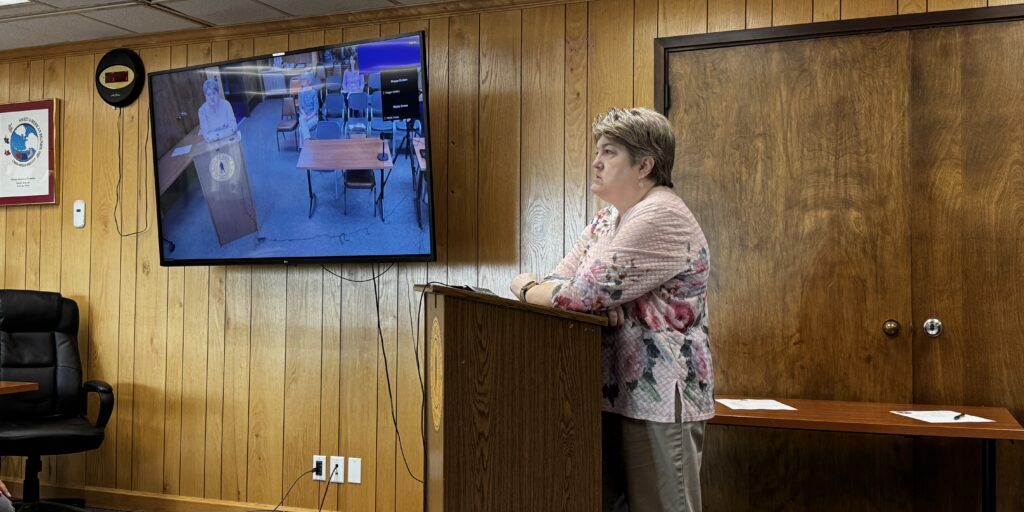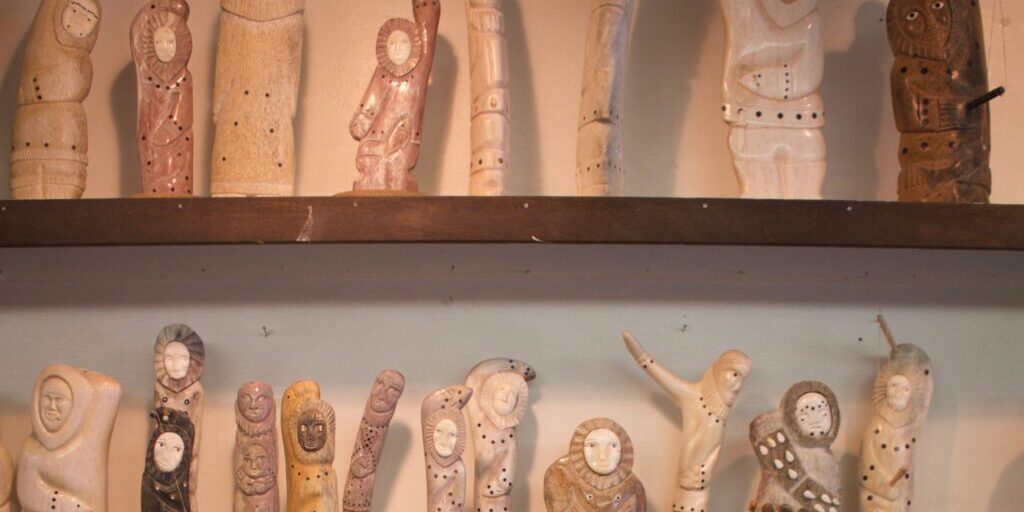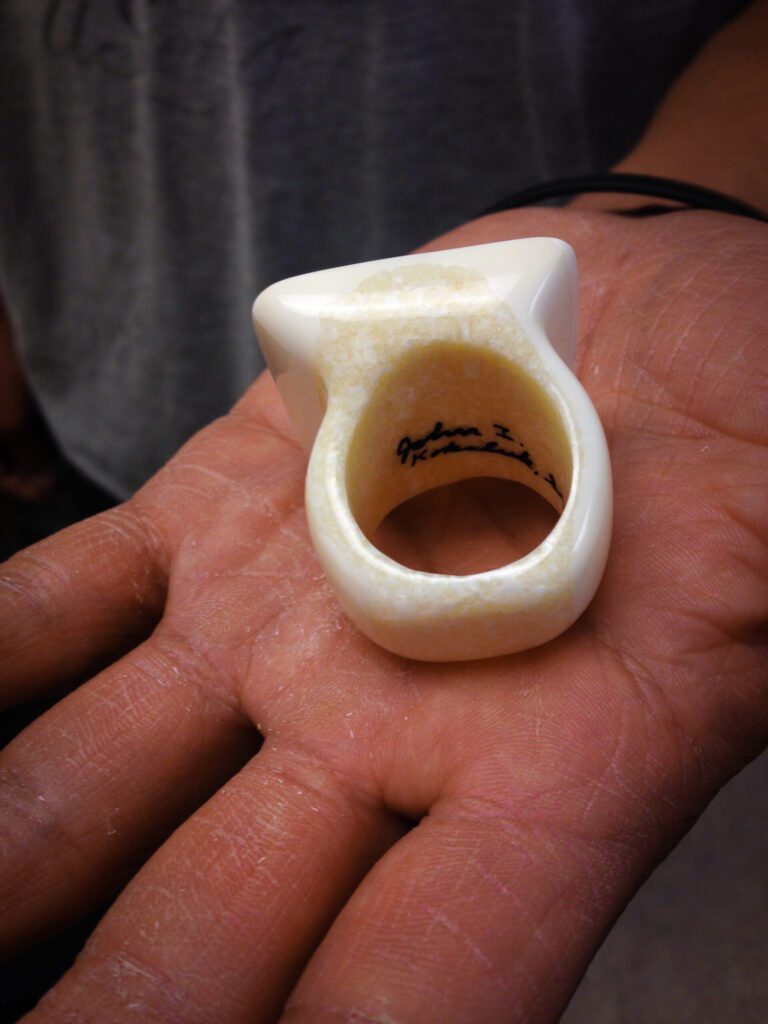In June, the Federal government instituted a near-total ban on the domestic commercial trade of African elephant ivory, but many Alaskans are concerned the backlash from this ban is affecting other ivories. St. Lawrence Islander Susie Silook is the author of a petition to protect walrus ivory and other marine mammal by-products from various states’ legislation that would see it banned as a response to the federal ban.
With close to 1,000 signatures, Silook sent the petition and a letter to President Barack Obama, which she read from the main stage at the Alaska Federation of Natives convention in Fairbanks last week.
“Dear Mr. President,” she said, “I write as a sculptor of walrus ivory and bowhead whale bone from the food sources I was raised on and as founding member of Sikuliiq: Alaska Native artists’ advocacy group…”
At the AFN convention, during a field hearing focused on protecting walrus ivory, Senator Dan Sullivan recognized that this federal ban does not affect Alaska Natives and their ivory work.
However, the Senator spoke about how individual states have proposed or passed their own ivory bans that extend beyond the Federal one:
“By including walrus, mammoth and whale among the species subject to the ban, states like California and, now, New Jersey, and others are starting to get in line, have gone well beyond the federal standard and created an environment that’s having a chilling effect on the Alaska Native handicraft market that we see is so vibrant just outside the halls of this hearing,” stated Senator Sullivan.
Silook also spoke at the hearing about the differences in markings between walrus and other types of ivory.
“They’re saying that a lot of the illegal elephant ivory is coming in disguised as mammoth ivory, and there might be something to that, because I’ve never seen elephant ivory… But you have to remove walrus ivory from those descriptions, because it is visually distinguishable, it doesn’t have a cross hatching, it’s got the cracks on it, and when you open it up, there’s a core inside that’s different from other ivories,” remarked Silook.
One of the other speakers during the hearing was the President of Sealaska Heritage Institute., Dr. Rosita Worl. She says even though she doesn’t have data to support it, Native artists’ ivory work is valuable to the art world.
“We know that ivory plays a significant role in Alaska small scale subsistence economies and the annual arts and crafts tourist market that is well over $32 million. We know that village artisans can make up to 35,000 to 50,000 dollars annually,” said Worl.
Vera Metcalf, Director of Kawerak’s Eskimo Walrus Commission, says the impacts of states’ banning walrus ivory could affect more than just the ivory handicraft business.
“If walrus is listed on ESA (Endangered Species Act), it will make it much harder to make the case for walrus ivory based on only the artists’ viewpoint… but it includes food security concerns that we have because we are so reliant on marine mammals for our subsistence resource.”
Hawaii is the latest state to enact legislation banning the sale, purchase, and trade of walrus ivory, whale ivory, and mammoth ivory, along with other types as well. Their state’s ban will take effect on January 1st of 2017.







